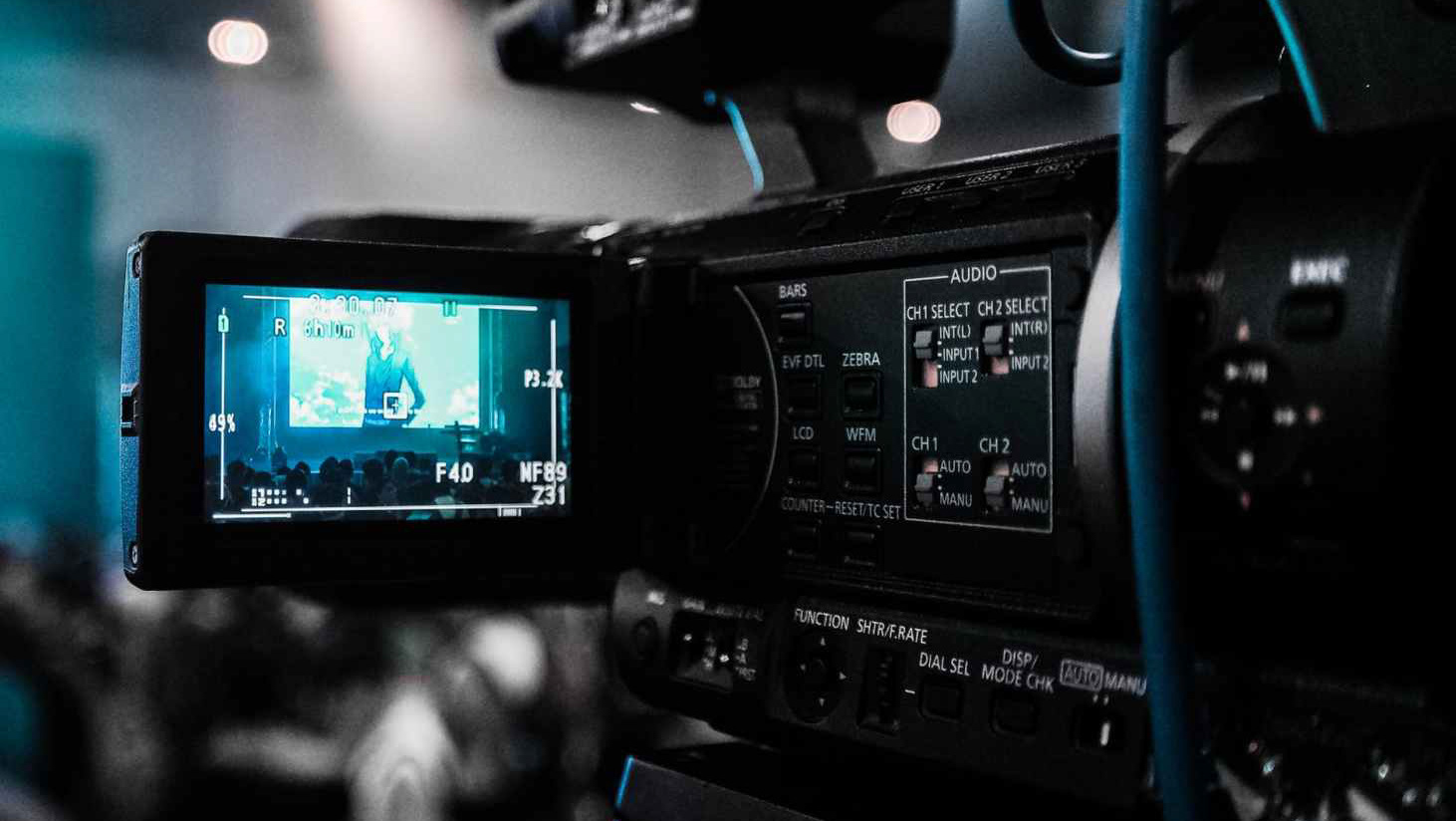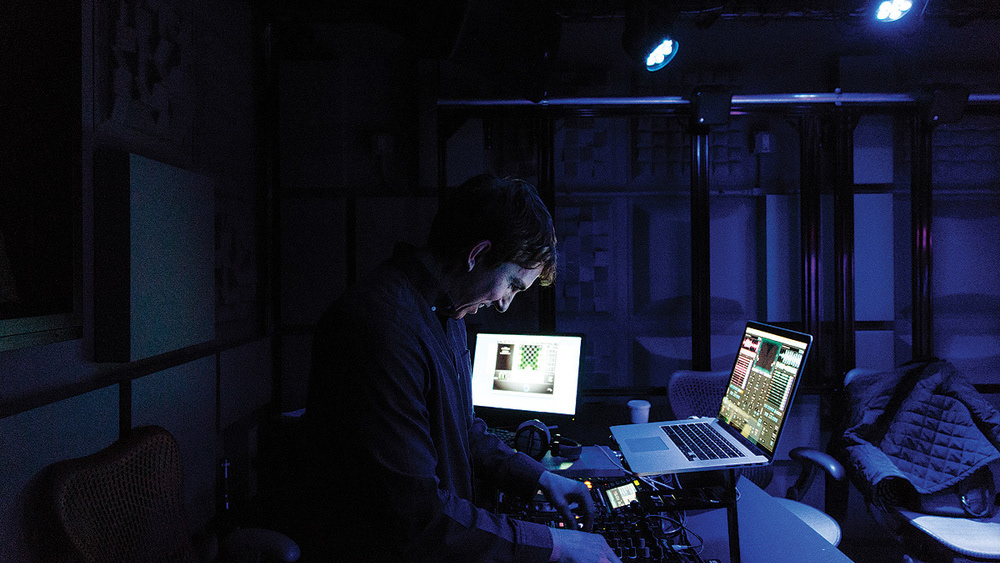Today's post has to do with the introduction sequence for the 1994 film by Wong Kai-wai 'Chungking Express', and how it utilizes aspects of film form.
Watch the clip below before proceeding.
Continuing from viewing that video; we'll be focusing on the aspects of sound and editing within it.
That introduction scene is a good example of diegetic and non-diegetic sound, that is to say sound that belong in the scene such as a conversation taking place or a phone ringing just out of shot as opposed to sounds that don't belong to the scene and have no visible source such as disembodied narration or a soundtrack, as well as how they affect the overall impression of the sequence.
With that in mind, the non-diegetic sound in that sequence stands out significantly as it has both a soundtrack and narration, that although it is the main character speaking, is disembodied. The diegetic sound is a bit harder to place as it's the sound of things we tend to skip over noticing because we know that it's meant to be there. Those sounds include footsteps and the general hustle and bustle of the marketplace.
It is worth mentioning, however, that it appears that the woman, whose reason for being prominent in the sequence is revealed at the end of it, has no sounds coming from her. Her footsteps are either nonexistant or drowned out by the other sounds coming from the scene, and her collision with one of the market stalls also appears soundless or similarly drowned out.
It is worth mentioning, however, that it appears that the woman, whose reason for being prominent in the sequence is revealed at the end of it, has no sounds coming from her. Her footsteps are either nonexistant or drowned out by the other sounds coming from the scene, and her collision with one of the market stalls also appears soundless or similarly drowned out.
The editing within the sequence is also fairly well done, with a good, fast pace matching the tension and intensity needed for the audience to fully appreciate the chase contained within it. The jump cuts aid this, as well as matching the action taking place from jump cut to jump cut, allowing us to continue to feel a subconscious awareness of where the characters are and where they're going. As well as this, the scene matchs the main characters eyeline consistently, allowing the audience to not only feel that subconscious awareness of the scene, but also feel as though they are a part of the sequence, as if they're right there with the main character, chasing down a criminal in the cramped and maze-like streets of Hong Kong.
And on that note, we bring today's post to a close.





